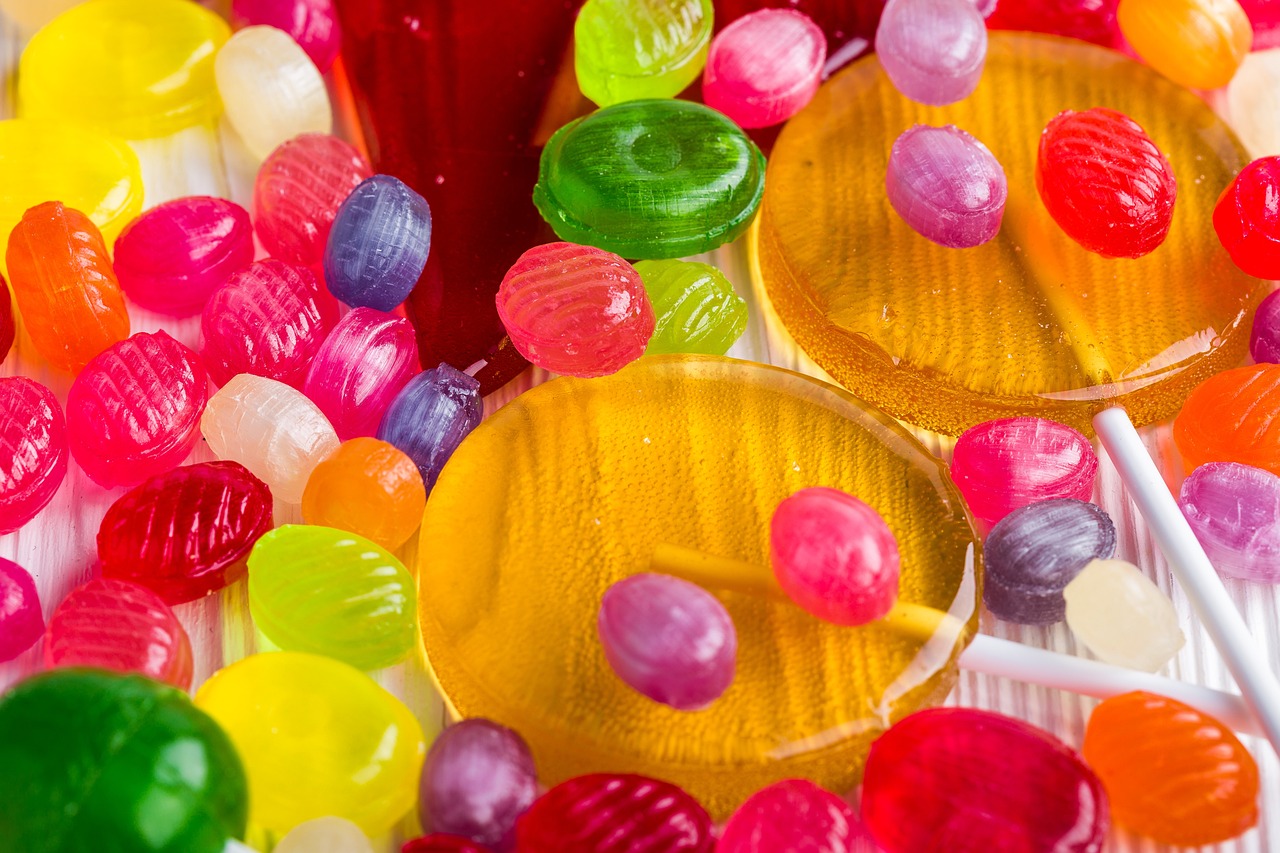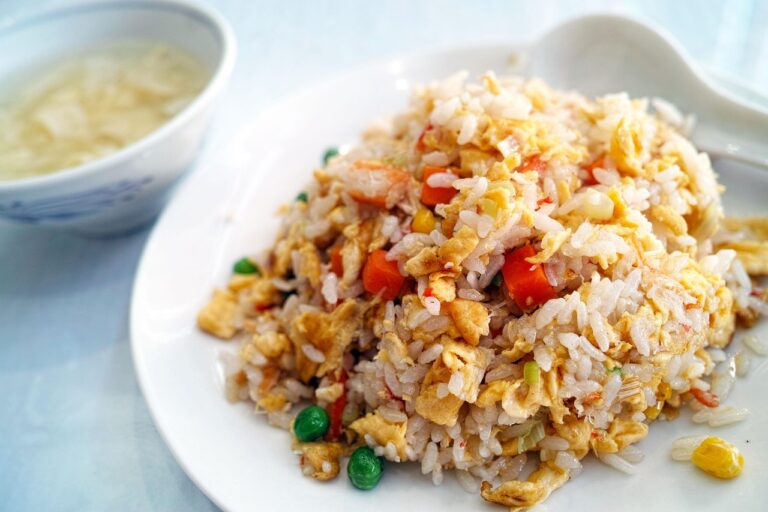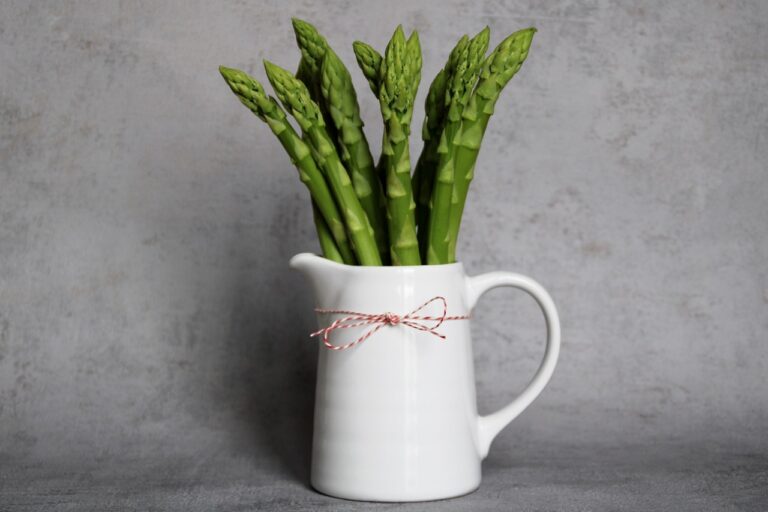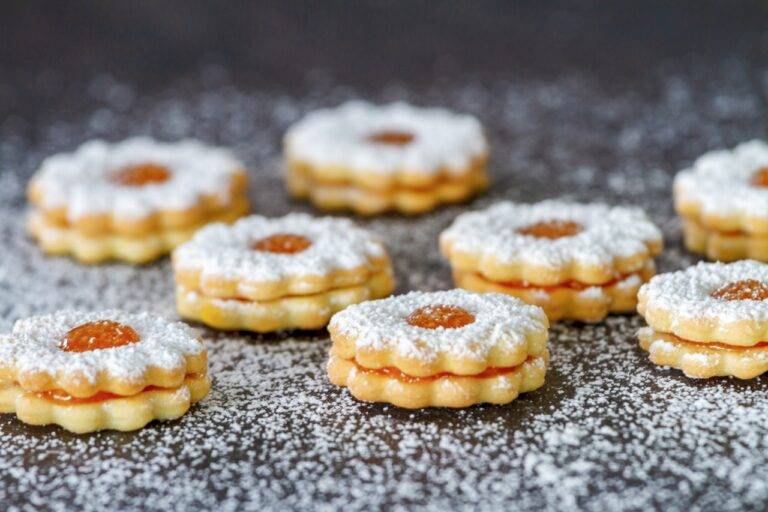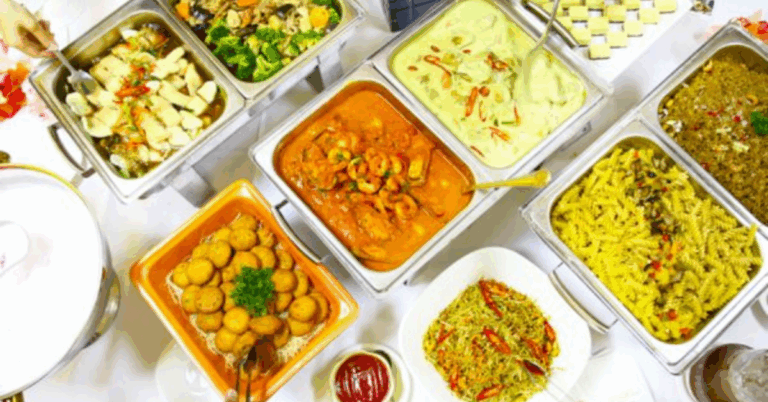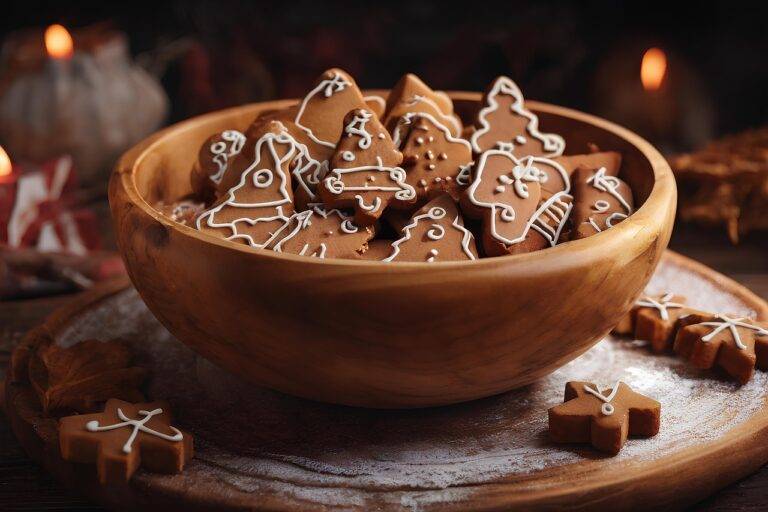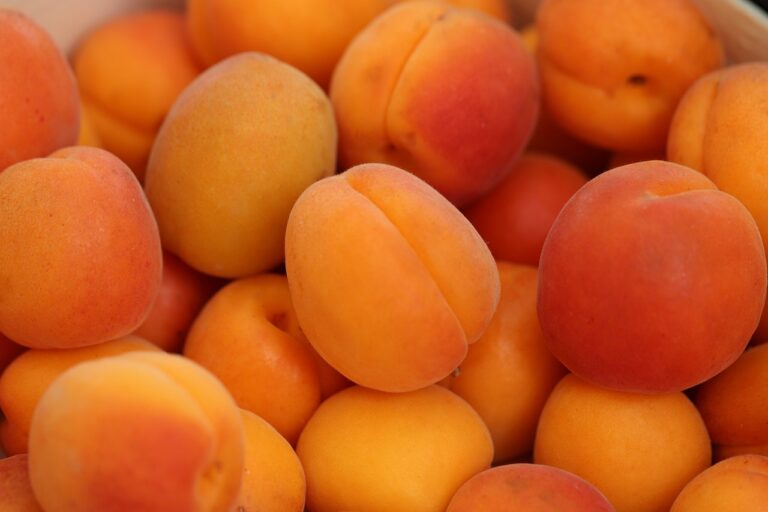The Role of Culinary Techniques in Cocktail Making: Infusions, Sous-Vide, and More
11xplay reddy login registration, laser book 247, skylive casino:The art of making cocktails goes beyond just mixing different spirits and ingredients. Culinary techniques have become increasingly important in the world of mixology, with bartenders using methods such as infusions, sous-vide, and more to create unique and innovative drinks. These techniques allow for the extraction of flavors, the infusion of ingredients, and the manipulation of textures to elevate the cocktail experience. In this article, we will explore the role of culinary techniques in cocktail making and how they can be used to create sophisticated and delicious drinks.
Infusions: Elevating Flavors
One of the most popular culinary techniques used in cocktail making is the infusion of spirits with various ingredients such as fruits, herbs, spices, and botanicals. Infusions allow bartenders to extract flavors from these ingredients, adding depth and complexity to the final drink. For example, a simple gin infusion with fresh strawberries can create a refreshing and fruity cocktail that is perfect for summer.
Sous-Vide: Precision and Consistency
Sous-vide is another culinary technique that has made its way into the world of cocktails. This method involves cooking ingredients in a vacuum-sealed bag at a precise temperature for a specified amount of time. Bartenders can use sous-vide to infuse flavors into spirits, create syrups, or even cook garnishes such as fruits or vegetables. The precision and consistency of sous-vide cooking can help bartenders create perfectly balanced and delicious cocktails every time.
Dehydrating: Adding Texture and Visual Appeal
Dehydrating is a culinary technique that involves removing moisture from ingredients to concentrate flavors and create unique textures. Bartenders can use dehydrated fruits, herbs, or spices as garnishes or to infuse flavors into spirits or syrups. Dehydrated ingredients can add a crunchy texture and visual appeal to cocktails, making them more visually appealing and Instagram-worthy.
Smoking: Infusing Aroma and Complexity
Smoking is a culinary technique that involves exposing ingredients to smoke to infuse them with a smoky aroma and flavor. Bartenders can use smoking to add complexity to cocktails, using techniques such as smoking wood chips, herbs, or spices. Smoked cocktails are becoming increasingly popular for their unique and bold flavors, with bartenders experimenting with different smoking methods to create innovative drinks.
Molecular Mixology: Pushing the Boundaries
Molecular mixology is a modern approach to cocktail making that uses scientific techniques and tools to create innovative and avant-garde drinks. Bartenders can use techniques such as spherification, foams, and gels to manipulate textures and create visually stunning cocktails. Molecular mixology allows bartenders to push the boundaries of traditional cocktail making, creating drinks that are not only delicious but also a feast for the eyes.
Fermentation: Natural Flavor Development
Fermentation is a culinary technique that involves the breakdown of sugars by yeasts or bacteria to create alcohol and organic acids. Bartenders can use fermentation to create unique and complex flavors in cocktails, such as sour beers, kombucha, or fermented fruit syrups. Fermented ingredients can add depth and tanginess to cocktails, creating a more complex and sophisticated flavor profile.
FAQs
Q: Can I use culinary techniques at home to make cocktails?
A: Yes, many culinary techniques can be adapted for home use, such as infusions, dehydrating, and smoking. You can try experimenting with different ingredients and methods to create your own unique and delicious cocktails.
Q: Are molecular mixology techniques difficult to master?
A: Molecular mixology techniques can be challenging to master, as they require precision and attention to detail. However, with practice and experimentation, you can learn how to use these techniques to create amazing cocktails at home.
Q: Do I need special equipment to use culinary techniques in cocktail making?
A: While some culinary techniques, such as sous-vide or molecular mixology, may require special equipment, many can be done with basic kitchen tools. You can start with simple techniques like infusions and dehydrating before investing in more advanced equipment.
In conclusion, culinary techniques play a crucial role in cocktail making, allowing bartenders to create unique and innovative drinks that push the boundaries of traditional mixology. From infusions and sous-vide to dehydrating and smoking, these techniques can elevate the flavor, texture, and presentation of cocktails, providing a truly memorable drinking experience. Whether you’re a professional bartender or a home enthusiast, experimenting with culinary techniques can help you take your cocktail game to the next level. Cheers to delicious drinks and endless possibilities!

